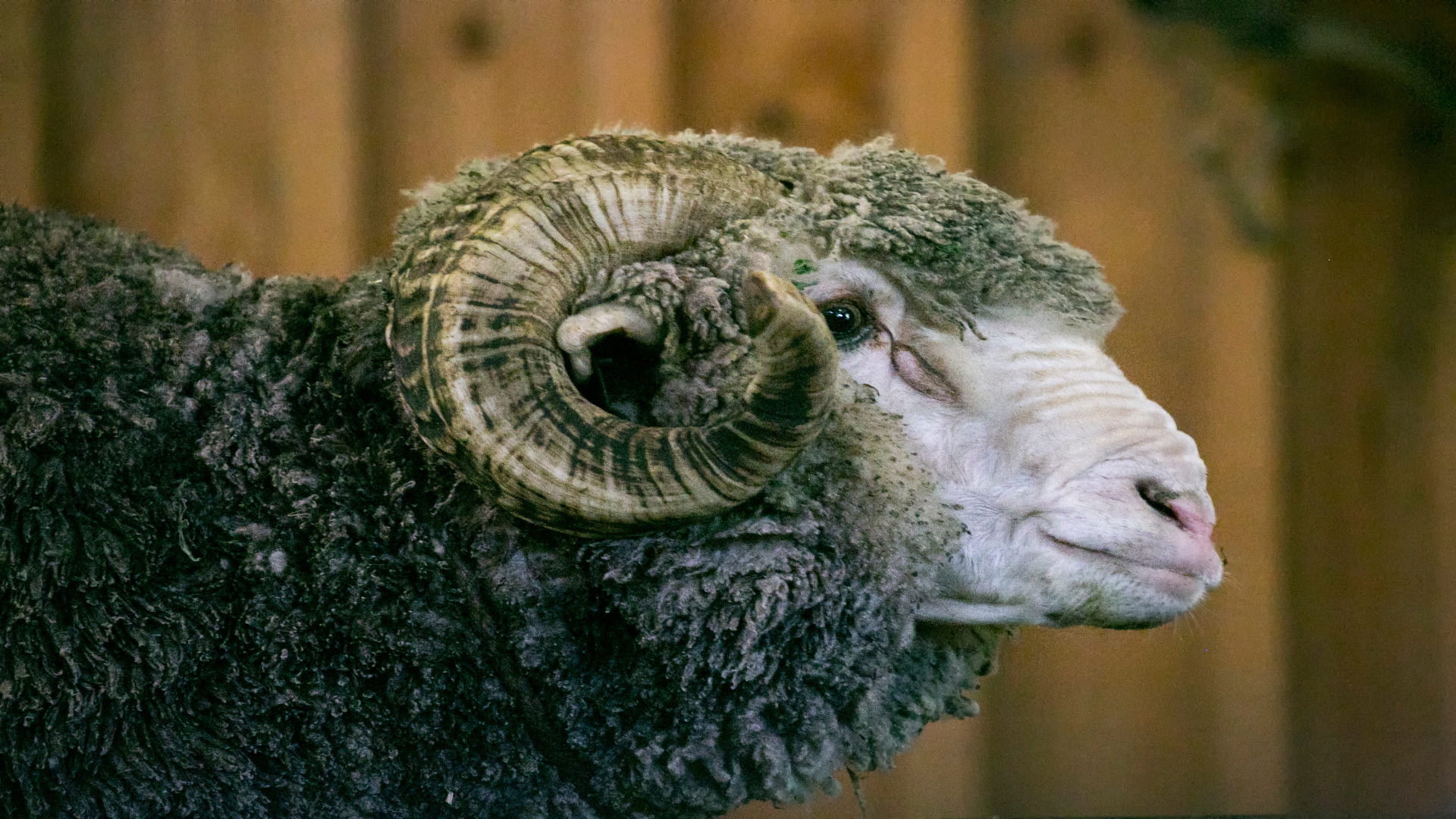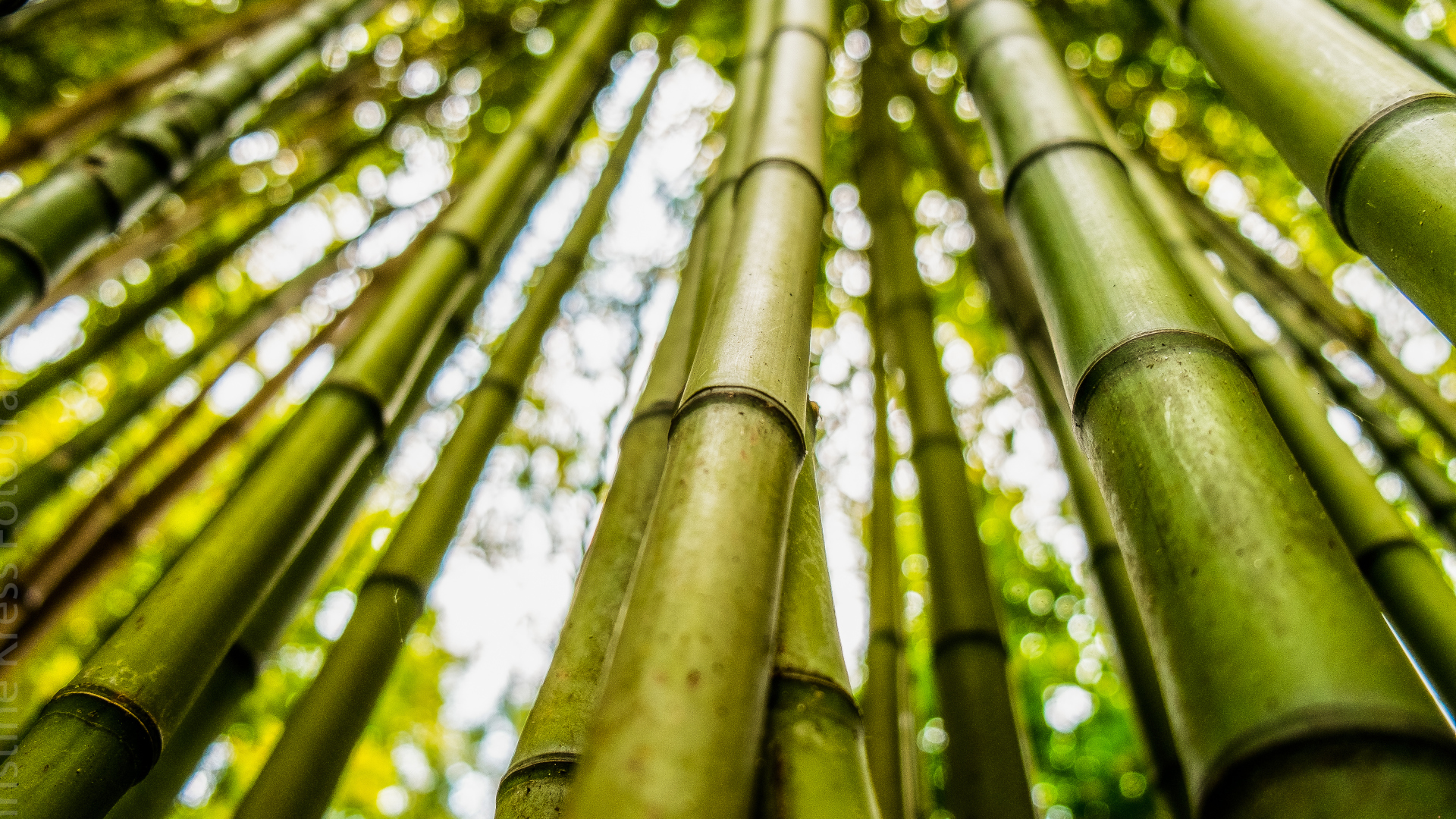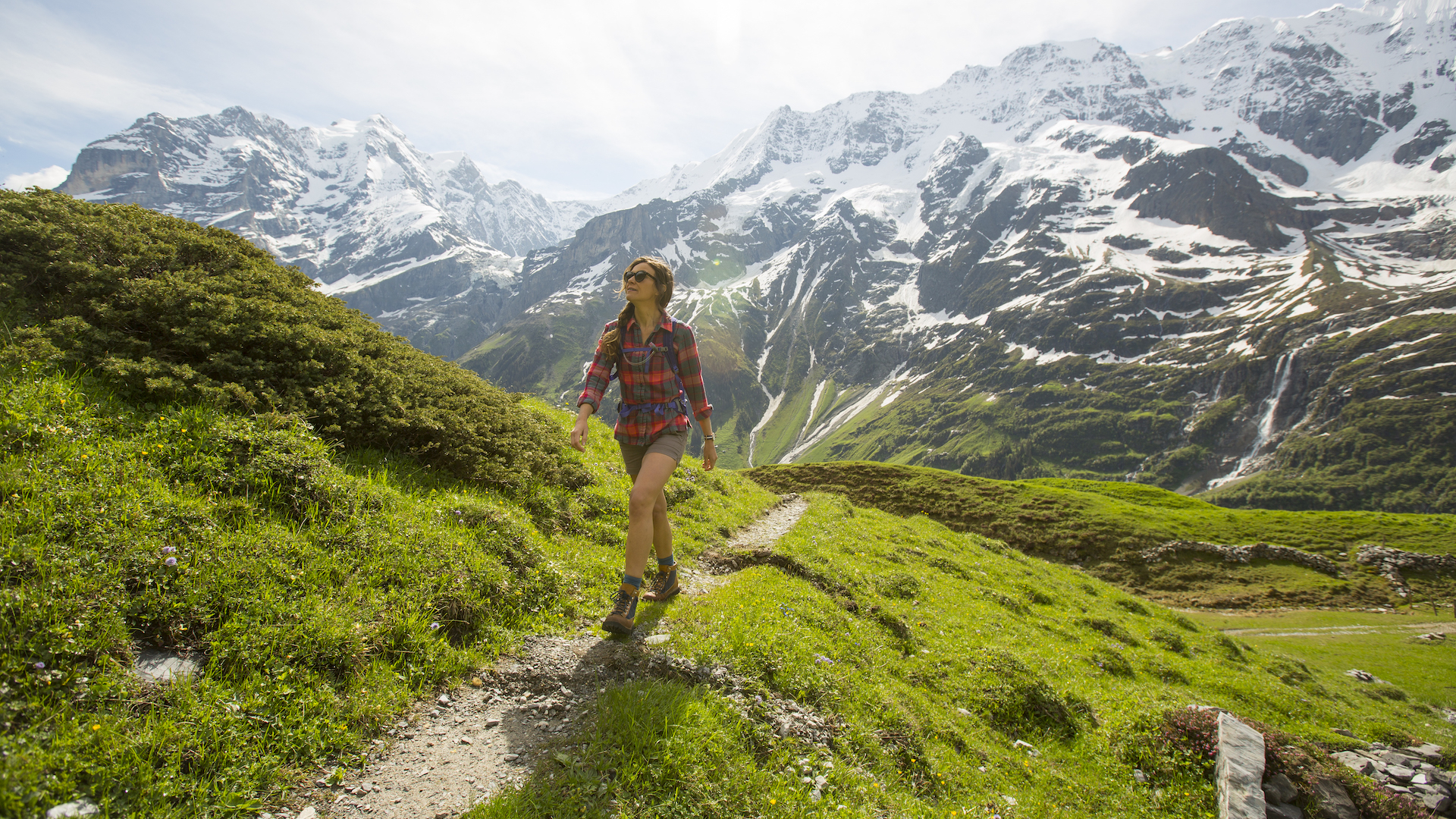Your guide to 6 natural fabrics used in outdoor gear and clothing
Learn all the pros and cons of common natural fabrics used in outdoor clothing and gear, and whether they’re really more sustainable than synthetics

With increasing interest in sustainability, many outdoors enthusiasts are edging away from synthetic fabrics, which offer amazing performance at a high cost to the environment, and towards natural fabrics once again. It used to be the case that all of our clothing was made using natural fabrics, but with the advent of mass production came synthetic alternatives like nylon, polyester and acrylic that often look and act like natural fabrics, but are more durable and are usually moisture-wicking and quick drying, qualities that are desirable for sweaty outdoor adventures hiking, trail running and camping. However, these synthetics have their drawbacks, and a major sticking point is that being made from plastic, once they arrive in the landfill at the end of their life cycle, they’ll be there forever.
Consequently, many of us are seeking natural fabrics that will keep us safe and dry on the trail with a smaller carbon footprint, and it can be hard to know where to look first. Is a fabric automatically more sustainable just because it’s natural? Which natural fabrics perform best when you’re sweaty or cold?
In this article, we take a look at the pros and cons of six natural fabrics that are used in outdoor clothing and gear today to help you choose. It’s important to note that, while all of these fabrics are biodegradable on their own, they’re not when they’re mixed with synthetic materials, which they almost always are. Furthermore, while many of them can be manufactured with less impact on the planet, that doesn’t mean they necessarily are, so it’s important to do your research, know the signs of greenwashing, and look for certifications such as organic, recycled and bluesign before you buy.

Merino wool
Merino wool is a natural fiber produced by Merino sheep, a hardy breed famed for its ability to survive and thrive in extreme climates – and also for its fine, soft, and (mostly) non-itchy wool. When shopping for items made using merino wool, look for wool that has been certified by the Responsible Wool Standard to ensure humane treatment of the sheep, or recycled wool for a more sustainable approach.
In terms of natural fabrics, it is the reigning champion for outdoor gear due to its many benefits, which make it great for base layers, thermal underwear, hiking socks and ski socks in particular. However, when it comes to performance, we generally agree that merino wool is best when it’s blended with synthetic materials to add some durability and lower the cost, such as with the Helly Hansen LIFA Merino Midweight Crew Base Layer.
Pros of merino wool
- Moisture-wicking
- Breathable
- Regulates body temperature
- Reasonably quick drying
- Insulates when wet
- Odor resistant
Cons of merino wool
- Expensive
- Falls apart with use and washing
- Not friendly to those with very sensitive skin

Cotton
Cotton is easily the most commonly used textile in the world because it’s easy to care for, comfortable, soft, and breathes well. It’s not always the best fabric for the environment, however, as it uses a large amount of water in production, however it is biodegradable. Look for organic and recycled cotton with stamps from the National Organic Program in the US and the Global Organic Textile Standard to ensure a more sustainable fabric.
We’ve outlined the reasons why cotton can be a bad idea for hiking, due to its tendency to hold onto water, but we’ll stop short at the common saying that 'cotton kills'. Sure, it’s feasible that if you go up into a high alpine zone wearing only cotton, get wet and spend the night out there, you could get hypothermia, but there are actually times when hiking in a cotton T-shirt or flannel is fine – for example, day hikes in very arid areas like Utah and Colorado and hot desert hiking. We’ve tested and really like the Alpkit Kraft women's hiking pants which are made from cotton. We do, however, recommend you carry a base layer made from merino wool and some rain pants for backup.
All the latest inspiration, tips and guides to help you plan your next Advnture!
Pros of cotton
- Soft
- Breathable
- Easy to care for
- Affordable
- Hypoallergenic
- Durable
Cons of cotton
- Slow to dry
- Doesn’t insulate when wet

Bamboo
Bamboo has become increasingly popular in sports gear as a sustainable alternative in recent decades. Most clothing marketed as bamboo is made using bamboo rayon (known as bamboo viscose in the UK) which means it has been heavily processed using chemical treatments until it no longer possesses any trace of the original plant, according to the FTC. The bamboo rayon is then typically blended with other fabrics, such as cotton, merino wool or elastane to give it other properties, such as increased breathability or stretch. Like other natural fabrics, it is biodegradable although it may not be quite as eco-friendly as you think.
What people love about bamboo is how amazingly soft and comfortable it is, though for outdoor gear it is also slow to dry, so we don’t love it for hiking and running in the rain. That said, for mild, dry days, we love the softness of BAM Bamboo’s Naia base layer.
Pros of bamboo
- Soft
- Breathable
- Hypoallergenic
- Less damaging to soil and doesn’t require pesticides to grow
- Better odor control than synthetic materials
Cons of bamboo
- Slow to dry
- Falls apart with use and washing
- Chemicals are used in production

Tencel
Another type of rayon, Tencel is actually the brand name of a fabric called Tencel Lyocell that is derived from cellulose. You can really consider it to be a semi-synthetic fiber in that it starts out life as wood chips and through processing that involves chemicals, becomes a versatile fabric that’s quite popular in active wear like yoga and hiking clothes such as the Icebreaker Women's Cool-Lite Amplify Short Sleeve T-Shirt.
Because Tencel is so versatile, it can be thick or thin, cottoney or silky. It requires less energy and water in growth and production than conventional cotton and boasts some promising characteristics for outdoor wear including breathability and it wicks moisture quite well.
Pros of Tencel
- Breathable
- Moisture wicking
- Durable
- Soft
Cons of Tencel
- Expensive
- Doesn’t hold up well to hot washing

Hemp
Hemp is an extremely sturdy fabric made from the stems and stalks of the Cannabis Sativa plant. It has been used in clothing as well as ropes and even sails for centuries. It’s not widely used in outdoor gear yet, but we’ve tested a few hiking shirts made using hemp, such as the Sherpa Kiran and the Fjällräven Övik Travel Shirt so we’re keeping an eye on it.
Hemp lovers are proponents of the fabric because of its durability and potential for eco-friendly production – Cannabis Sativa is a weed and grows easily without pesticides or a lot of water or land. However, it’s always important to look for organic fibers to ensure this. The fabric itself can be a little coarse, so it’s best when blended with other materials, and it’s fairly quick drying and breathable for sweaty adventures.
Pros of hemp
- Breathable
- Quick drying
- Moisture wicking
- Highly durable
- Can grow without chemicals
Cons of hemp
- Not always the softest
- Expensive
- Wrinkles easily

Silk
Silk might not jump to mind as a common material used in hiking clothing, but it is commonly used in sleeping bag liners, such as the Rab Ascent Silk Liner. If you don’t know, true silk is made by silkworms (larvae) as they spin themselves into their cocoon, and in mass production, the silkworms are usually killed, so this isn’t exactly a sustainable fabric. There are, however, sustainable methods for producing silk that are more time consuming and costly. Do your research before forking out for silk goods.
In performance, as a natural substance, silk is a bit of a wonder material for liners, as it traps in heat quickly but still breathes well and has a great warmth-to-weight ratio. It feels pleasingly soft against the skin and even has antimicrobial properties, so it’ll help keep your best sleeping bag fresh for longer as well as protecting its inner material from dirt and oils.
Pros of silk
- Breathable
- Traps heat
- Lightweight
- Soft
- Anti-odor
Cons of silk
- Expensive
- Not usually very sustainable
- Shrinks with washing
- Shows signs of damage easily
Julia Clarke is a staff writer for Advnture.com and the author of the book Restorative Yoga for Beginners. She loves to explore mountains on foot, bike, skis and belay and then recover on the the yoga mat. Julia graduated with a degree in journalism in 2004 and spent eight years working as a radio presenter in Kansas City, Vermont, Boston and New York City before discovering the joys of the Rocky Mountains. She then detoured west to Colorado and enjoyed 11 years teaching yoga in Vail before returning to her hometown of Glasgow, Scotland in 2020 to focus on family and writing.

